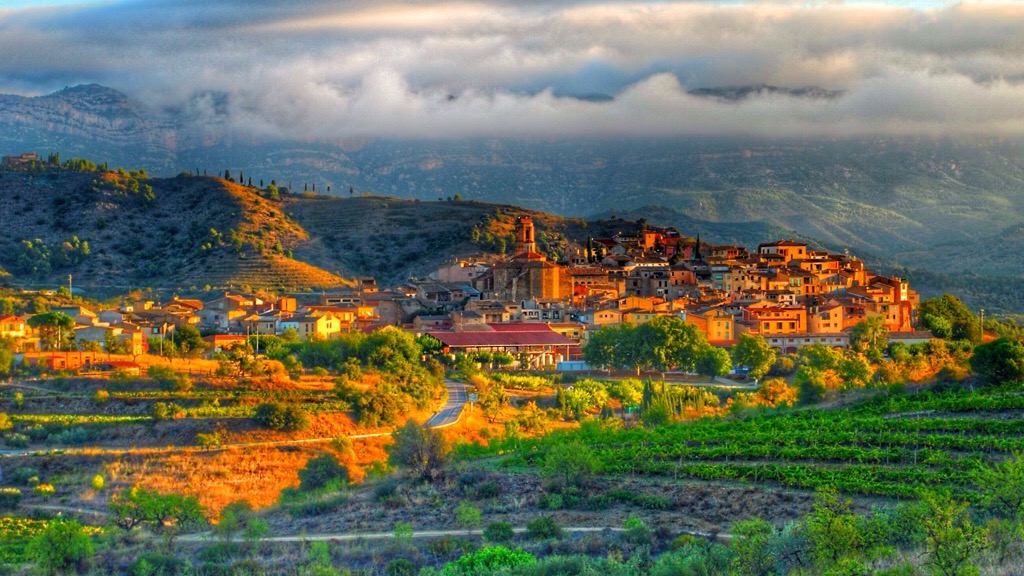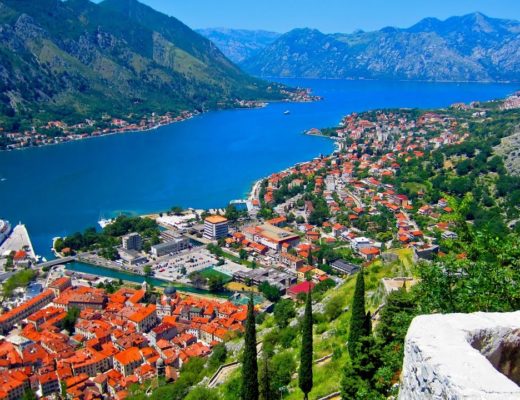You do not need to be an expert to enjoy Spanish wine, though it is true, that the more you know about something, the more you enjoy it. So read on about main Spanish Wines and Wine Regions: Rioja, Cava, and Ribera del Duero. Spanish native grapes: Tempranillo and Garnacha. And most importantly: be ready to taste Spanish wines like you never did before. Pick up my favorite, Abadia Retuerta “Seleccion Especial”, or choose your own.
Introduction to Spanish Wines
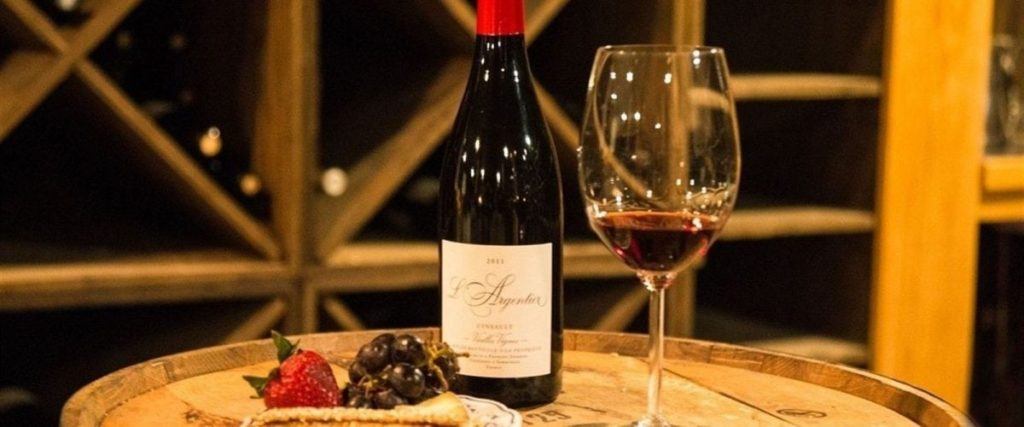
Spanish-wine
Spanish wine regions produce a wide range of styles, typically of very high quality available at great value: powerful reds from Rioja, delightful sparkling wines from Cava, vibrant white wines from Rías Baixas, luscious fortified wines from Jerez, and many more. The best Spanish wines may be made from the country’s traditional, native grapes – including Spain’s iconic Tempranillo and Garnacha and many less well-known varietals – or made using international grape varieties in a more modern style.
Spanish Viticulture

Spanish-Wine-Culture
Spain has more land devoted to grape-growing than any other country. Spain has the largest vineyard in the world, but France produces more wine as their vines are more productive (there are more vines per hectare planted in France than in Spain). Traditionally, hot, dry weather in much of Spanish wine country has meant the yields from these vineyards was relatively low, as each vine fought for available water. High elevation – even the flat Meseta of central Spain is several thousand feet above sea level – means cool nights, so ripe grapes retain enough acidity for fresh flavor.
The History of Spanish Wine
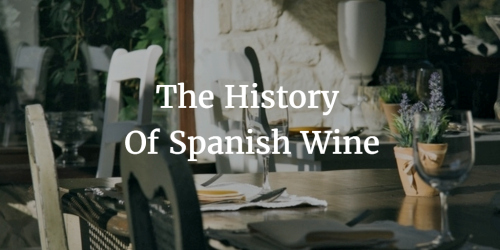
The-History-Of-Spanish-Wine
Over the millennia, different peoples have made an impact on Spanish wines. The ancient Phoenicians cultivated grapes there after arriving around 1100 B.C. The Romans instituted exports of Spanish wine to all points of their empire. Teetotaling
Islamic rulers dampened the wine trade for a few centuries. But it was the French, escaping their country’s vine-killing phylloxera epidemic, who left the biggest mark on Spanish wine. Bordeaux winemakers headed over the Pyrenees into Spain, where the vineyard pest had not yet landed, in the mid-1800s. They brought their expertise, as well as techniques like careful blending and barrel aging, and settled in the Rioja and Navarra regions of Spain.
Today, the products of these two Spanish wine regions continue to show the most French influence in style. In recent decades, political change has also had an effect on the wines of Spain. During 1970s, Spain’s government began its transition to democracy, and in 1986, it joined the group that would become the European Union. These moves greatly increased investment in Spanish winemaking. They also relaxed some onerous rules (such as irrigation bans that restricted areas for planting and viable grapes) and created new production guidelines to ensure the quality of Spanish wines.
Spanish Wine Regions
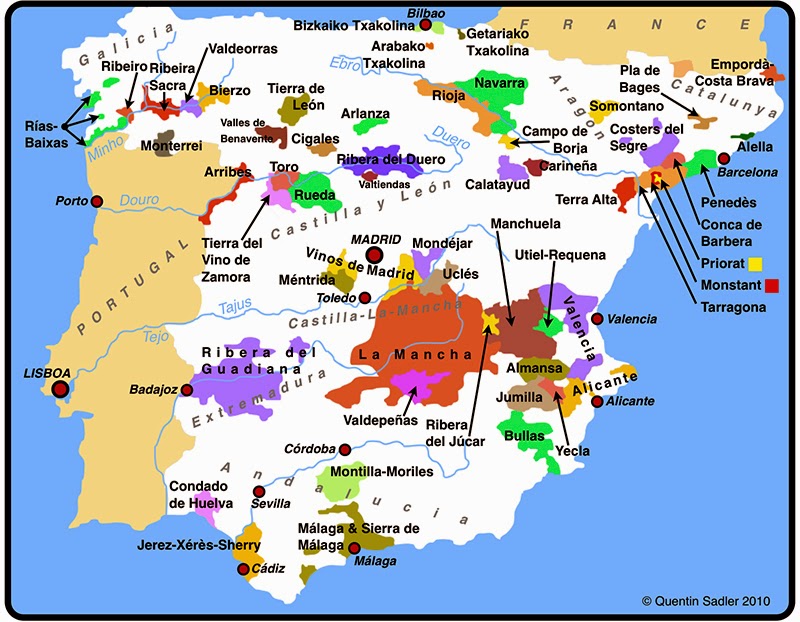
map-Spanish-wine-regions
It’s tough to precisely correlate the political, geographical, and regional wine boundaries of one country to those of another. Autonomous Communities and Provinces are, in general, political and geographic entities that have little direct relationship with wine but are nonetheless useful in contextualizing and
understanding where the wine comes from. Denominaciónes de Origen (DO) are legally established wine making regions.
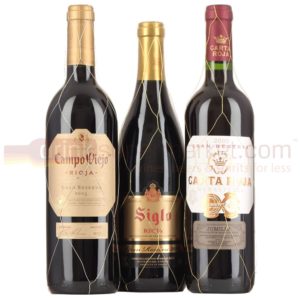
spanish-gran-reserva-selection-Rioja
● Rioja, the original DOC, is perhaps Spain’s most famous wine region. Working primarily with Tempranillo grapes with big assists from some red varietals. Some whites are also produced here, tending to be very woody and really needing food in order to shine.

wines-of-Spain-abadia-retuerta-Ribera-del-Douro
● Ribera del Duero, one of our absolute favorites in the world, is again primarily a Tempranillo producer. Riberas give us distinctly lovely blueberry notes that you don’t find elsewhere. Wine from Ribera del Duero is a giveaway for us that you know something about what you’re serving.

Spain-wine-Region-Toro
● Toro, somewhat southwest of both Rioja and Ribera del Duero towards Portugal, tends to produce bigger, warmer, more powerful but less delicate wine than the other two. Think of its big reds as the Californians of Spain.
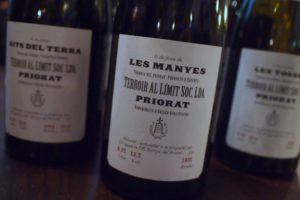
Spanish-wines-Priorat
● Priorat, the second DOC, is located in the Autonomous Community of Catalunya (Catalonia in English) nearer to
Barcelona the Mediterranean coast. Priorats tend to have more bold, structured tannins that give them a bit of a bite that pairs well with food.
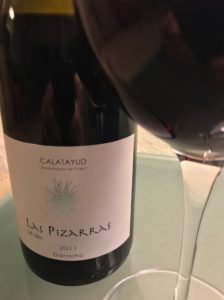
Spanish-wine-regions-Calatayud
● Calatayud and Campo de Borja, both in the Autonomous Community of Aragón, rely on their Garnacha grapes to produce deep, dark, inky almost purple wines with robust their fruit qualities that will turn your lips
purple of you’re not careful. The more affordable of these bottles are generally found in Campo de Borja, though that is a huge overgeneralization.
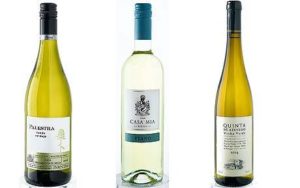
white-wine-verdejo-rueda-Spain
● Rueda in Castille and León, and Rías Baixas in Galicia produce favorite Spanish whites.
Spanish Grapes Varieties
As one of the largest producers in the world, Spain is home to a huge variety of grapes grown for wine. There are a few basic varietals to be aware of, though:
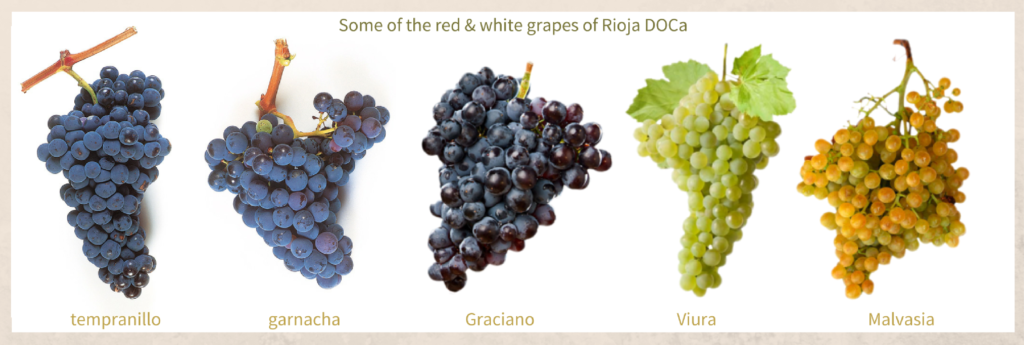
Spain-Grapes-Variaties
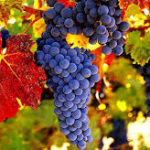
Spain-Temranillo-grapes
● Tempranillo is by far the most famous of Spain’s red grapes, sometimes known as Tinto de Toro when produced in Toro, or Tinta del País when produced in Ribera del Duero, and a variety of other names throughout Spain and the world.
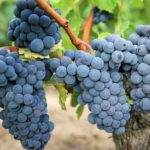
Garnacha-grapes-Spain
● Garnacha, known as Grenache in France and much of the rest of the world, is a common red grape sometimes blended with Tempranillo and otherwise produced as its own deep dark colored wine in several DOs in Aragón such as Campo de Borja.
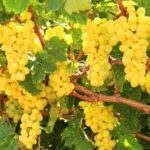
Spain-white-grapes
● A number of white varietals including the popular Viura, Verdejo, and Albariño grapes. We tend to prefer the white wines made in the Rueda DO in Castile and León, or the Rías Baixas DO in Galicia.
Wine Labels
Wrap all of this information up together, and you’ve learned most of what you need to know in order to interpret the bottle labels and make the best possible choices evaluating and selecting Spanish wine. On each label, back or front, look for:
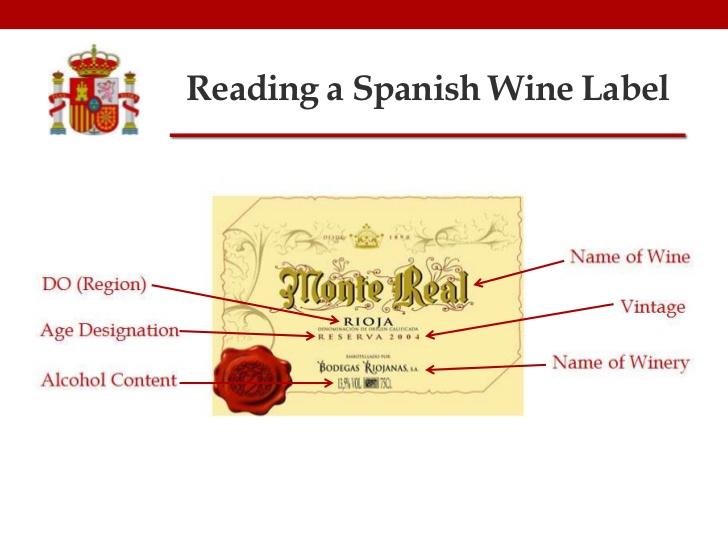
● The region in which the wine was produced, as long as it isn’t table wine. It should be one of the DOs or DOCs. This will tell you the most about what you’re getting, so keep handy some of the regional tips I shared earlier.
● The wine varietal (grape), though keep in mind that many bottles won’t list a varietal when the varietal is in reality the primary grape of the region, i.e. you can assume a bottle from “Rioja” or “Ribera del Duero” with no varietal listed is in fact a Tempranillo.
● The year or cosecha (harvest) of the wine, in my experience often more useful than the wine’s classification because on the retail shelves the year is a pretty good indicator of aging in oak barrel or bottle; the older the year, the more the wine was aged.
● Classification as Crianza, Reserva, Gran Reserva: Spain’s multi-tiered wine classifications include close to 70 designated quality wine regions labeled Denominación de Origen, or DO; just two regions, Rioja and Priorat, have attained the premium region of Denominación de Origen Calificada, or DOC or DOCa. The Vino de Pago, or VP, designation is granted only to 13 wines, each grown and bottled at a single vineyard deemed one of Spain’s great estates. In addition to the quality classifications, both DO and DOCa wines distinguish the amount of aging each wine receives before release, in some combination of barrel and bottle:
–Joven is a young wine with little or no barrel aging; Crianza is aged for a minimum of two years
–Reserva, three years
–Grand Reserva, five years
 Because the aging is done before the wines go to market, it’s rarely necessary to cellar these excellent Spanish wines – they’re ready to be consumed upon purchase.
Because the aging is done before the wines go to market, it’s rarely necessary to cellar these excellent Spanish wines – they’re ready to be consumed upon purchase.

Enjoy-Spanish-Wine-with-Us!

